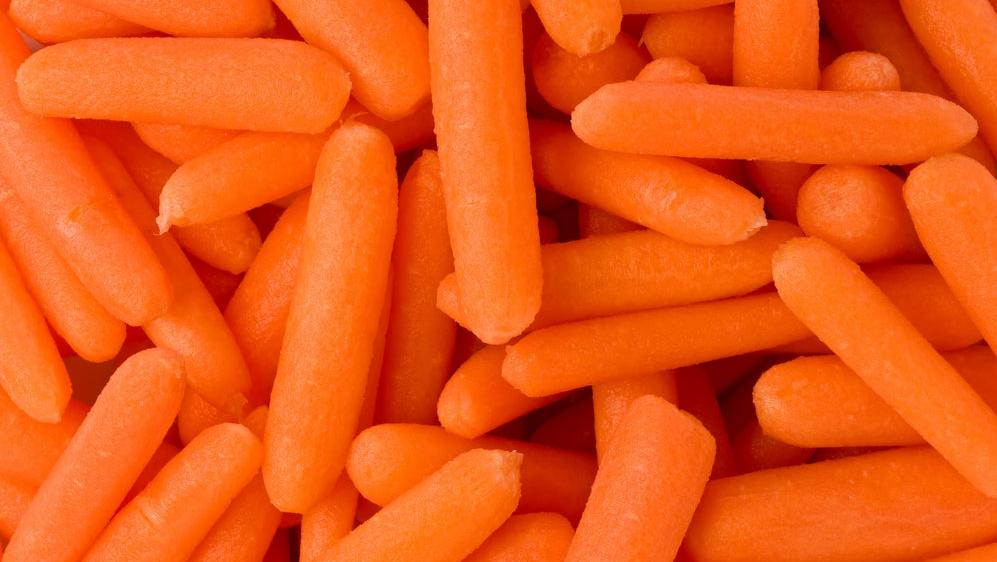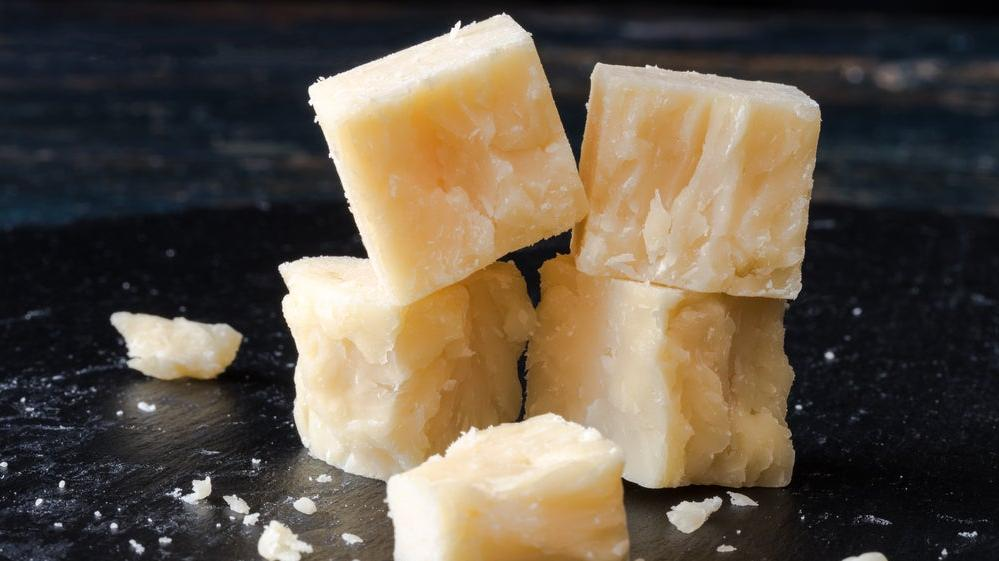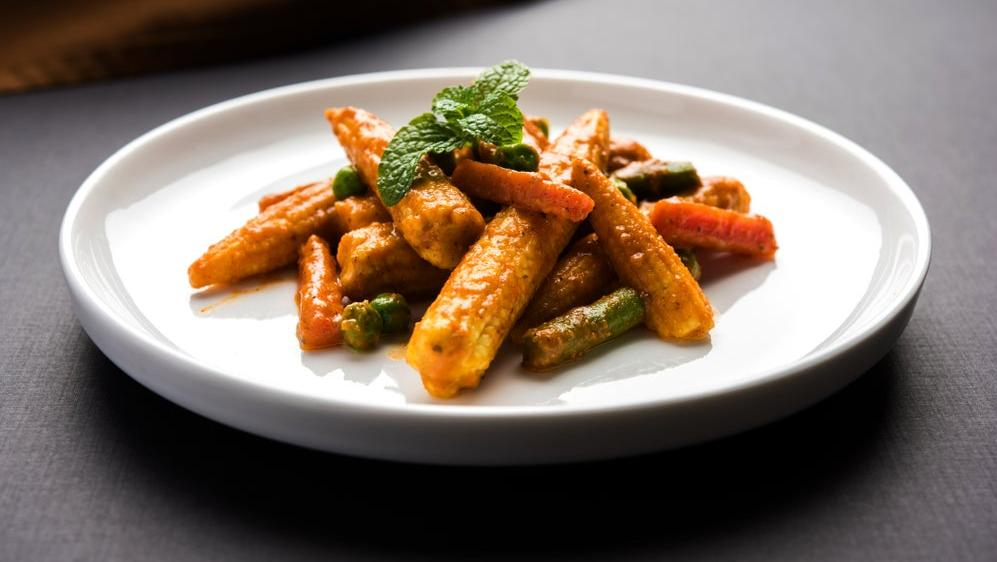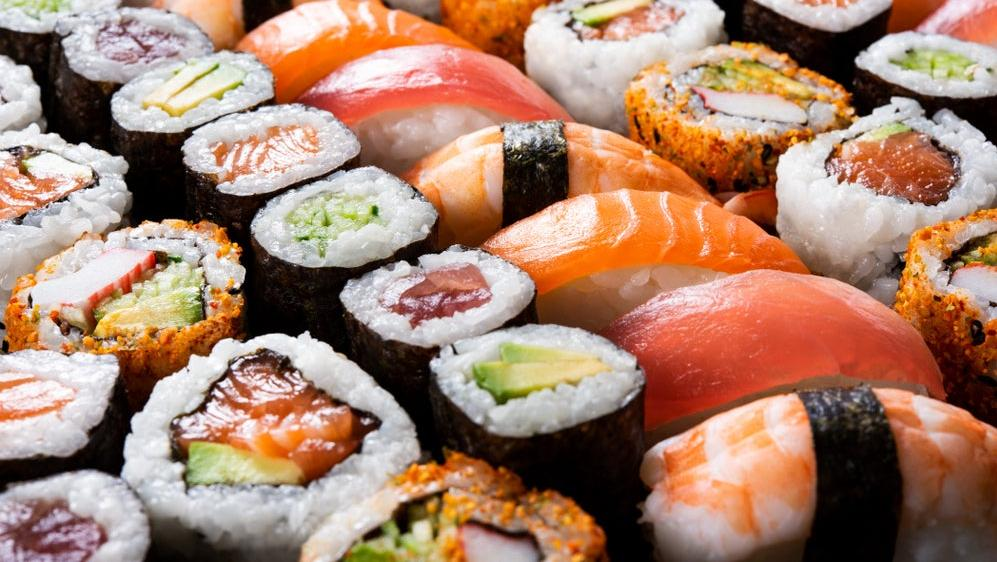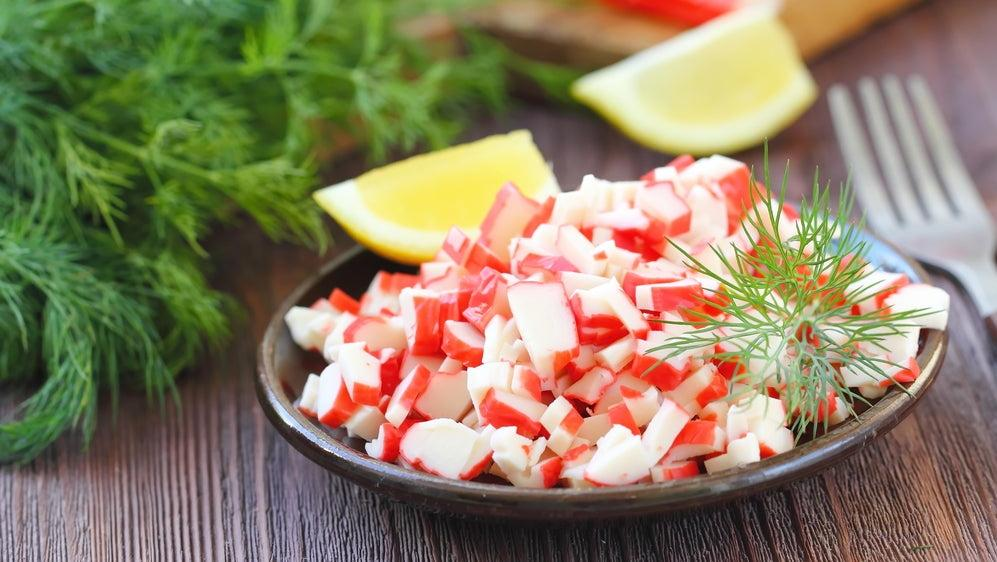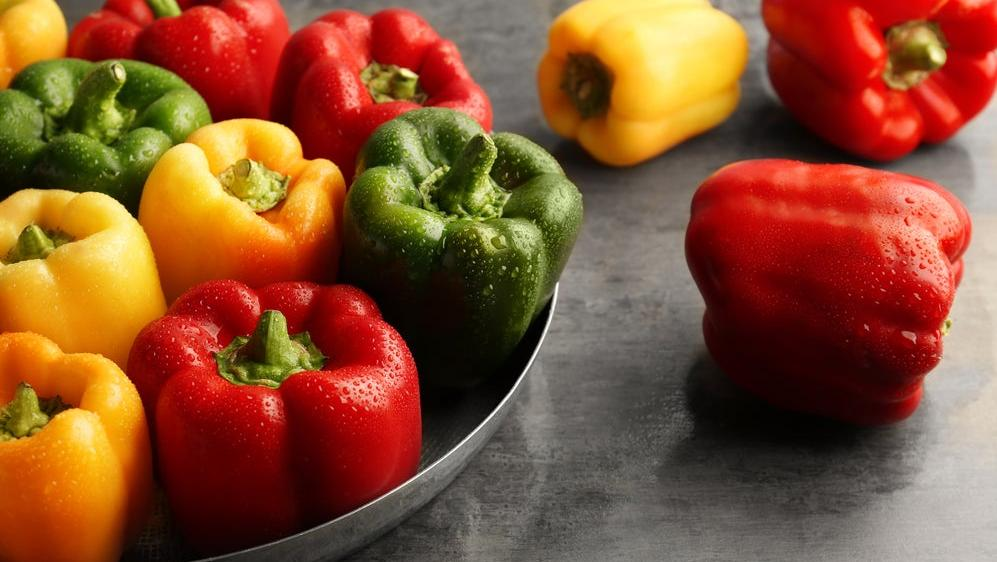9 Foods That Aren't What You Think They Are
Further proof that the entire grocery store is a simulation.
In a world driven by evil marketing geniuses, it's hard to know what's reality and what's just clever branding. As consumers, we're susceptible to all kinds of white lies—especially when it comes to the food we eat.
Most of the time, these fibs are harmless. Still, when you hit the grocery store, knowledge is power. So let's explore some of the food industry's most successful scams. They might make you think twice about the products you put in your cart.
White Cheddar
Takeout staff writer Angela Pagán reported on Big Cheese's biggest secret: the fact that white cheddar tastes exactly the same as orange cheddar. The only difference between the two? Orange cheddar features added coloring. Despite the fact that white and orange cheddar are spiritually the exact same cheese, plenty of brands use white cheddar's perceived "purity" to their advantage. Pagán cites Cheetos, which features white cheddar as one of the flavors in its "Simply" product line. This suggests that white cheddar is inherently healthier than orange cheddar—although, as Pagán points out, the plant-based coloring used to alter orange cheddar is completely safe.
Baby carrots
It's every parent's least favorite question: Where do babies come from? It turns out that baby carrots aren't a separate variety of carrot grown on tiny baby farms—rather, they're the paltry remains of full-sized carrots that have been cut into two-inch fragments by a machine. Some gardeners do grow commercial "baby" varieties like Thumbelina carrots, but you won't typically find these in grocery stores.
Baby corn
I always thought that baby corn is a distinct varietal of corn that only grows to a certain size—and judging by queries all over the internet, many others did, too. But in fact, the name is more of a giveaway than I realized: Per HuffPost, baby corn is regular corn that's grown to its teeny-tiny size and harvested before its prime, plucked in its infancy. (So it's not like baby carrots, which are full-grown carrots shaved down to a miniature size.) Most corn farmers are able to harvest baby corn from their standard stalks; they just pick the immature corn in its early growing phases and harvest the remaining corn when it reaches full maturity.
Kraft singles
Kraft singles are the everyman's cheese, adorning many a fried bologna sandwich in my household. But to call these uber-processed slices "cheese" isn't entirely accurate. Kraft singles are technically a "Pasteurized Prepared Cheese Product," a label mandated by the FDA since the slices contain less than 50% cheese. The other ingredients include a whole host of funky fillers and additives—but that won't stop me from slappin' a slice on my bologna sandwich. If you're looking for a genuine dairy product, you're probably better off opting for Kraft Macaroni & Cheese ice cream.
Vinegar for your fish and chips
A few years back, YouTuber Tom Scott sent the UK into a tizzy when he released a video titled "The Fake Vinegar In British Fish and Chip Shops." The video addressed the fact that most of the UK's fish and chip shops don't actually serve vinegar—they serve a mysterious concentrated blend of water, ethanoic acid, colorings, and flavorings. The good news? As Scott points out, the mixture isn't brewed from alcohol, making it a halal alternative to vinegar.
Sushi
Unless you live in a coastal area, it's wise to approach raw fish with some degree of skepticism. (Honestly, seafood skepticism is a good practice in coastal areas, too—you never know where that fish has been.) Dubious origins aside, your sushi menu could be gravely mislabeled. A 2017 report by UCLA found that more than 47% of sushi in Los Angeles sushi restaurants was mislabeled, either to "turn a profit or skirt environmental regulations." The offenses ranged from mild—different types of tuna used interchangeably—to severe, with diners being served flounder in place of halibut or red snapper.
Imitation crab
When you see the words "imitation crab," you should know to temper your expectations. But most crab sticks, colloquially known as "Krab," does contain actual seafood—just not the kind you'd expect. Per Greatist, most imitation crab involves a mixture of finely ground whitefish and other fillers like red dye, wheat, egg white, and transglutaminase. (That last one is a fancy way of saying "meat glue.") Not a crab in sight.
Filet mignon
Enjoying a hot dog requires you to accept the unfortunate truth: You're devouring a bunch of random animal parts smushed together. That's fine, because hot dogs are delicious and cheap. But what if I told you that a very, very expensive cut of meat also contains... a bunch of random animal parts smushed together?
I'm talking about filet mignon, the fancy-pants cut of meat that may be Big Steak's dirtiest secret. Remember transglutaminase, the enzyme that binds the ingredients in imitation crab? It's also used by shady restaurants to create what looks like a filet mignon but is actually a bunch of lesser meat scraps cobbled together. Per the USDA, consumers can ask restaurant wait staff to find out if a menu item is a "formed or re-formed product." Next time you go out for steak, be sure to ask about the restaurant's policy on Frankenfilets.
Green peppers
We'll end on a positive note. Remember that viral tweet suggesting that red, green, and yellow bell peppers were all exactly the same pepper? Not true, folks. In 2018, Insider shared what any savvy gardener knows: green, red, and yellow peppers are all grown from distinct seeds. While some green peppers at the grocery store are unripe red peppers, there are definite differences between most yellow, green, and red varieties. No pepperganda here.
